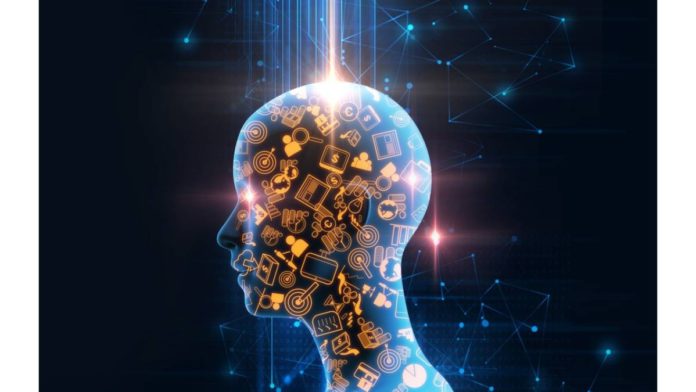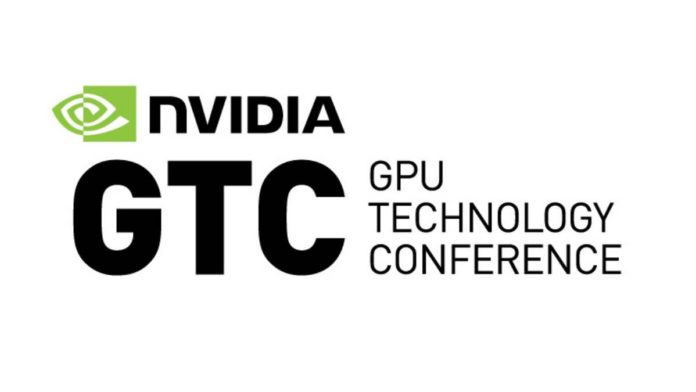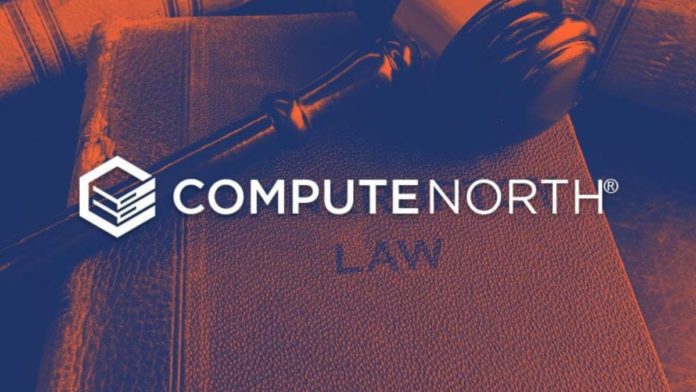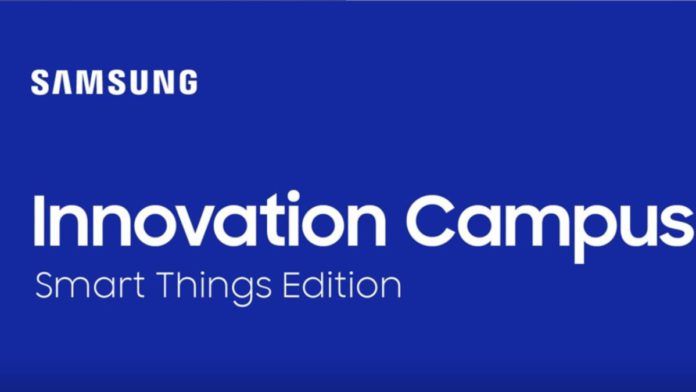Artificial intelligence is an increasingly important technology that enables computers to simulate human intelligence-based tasks. With a robust foundation of software and hardware, AI can accomplish numerous human tasks with much more efficiency. It works by building and training algorithms using programming languages like Python, R, and more. Once you have an algorithm, the next step is to ingest training data in the model, analyze it, and find patterns/abnormalities to forecast future states. There are many learning materials on artificial intelligence and related technologies. However, not all of those materials credibly explain AI concepts and applications.
Additionally, going through an entire book is time-consuming. Learning from a PPT on artificial intelligence is much easier than reading an entire book or research paper. This blog highlights some popular presentations on artificial intelligence and machine learning.
Some popular presentations topics on artificial intelligence
- Introduction to Artificial Intelligence
Going through this AI PowerPoint presentation will be an excellent place to start learning about artificial intelligence. It is a brief presentation introducing you to artificial intelligence and its subsets like machine learning and deep learning without diving into more essential details. It describes what AI, machine learning, and deep learning are. Proceeding with AI, the presentation specifies types of artificial intelligence and its use cases. You will see that AI has applicability in various applications like supply chain management, human resource, knowledge management, customer insights, predictive analytics, and many more. Some of these use cases have been explored and explained via flowcharts to make them more accessible for the reader to understand. Finally, the AI PPT explains the rising trends observed in 2020.
You can download the PPT here.
- Introduction to Machine Learning and AI
Introduction to ML/AI is yet another artificial intelligence PPT that will introduce you to the subject. The presentation will explain machine learning and discuss several commercial applications. The PowerPoint presentation will also differentiate between machine learning and artificial intelligence. You will be acquainted with supervised machine learning methods using regression and classification techniques and unsupervised learning via clustering, association, and data reduction. The AI PPT will also explain the problems faced while working with the algorithms and the consequent failures. You will have a broad overview of how to begin working with AI/ML, the entire procedure, and the result.
You can download the PPT here.
- Artificial Intelligence Introduction
This artificial intelligence presentation is yet another PPT that briefs you about what AI is. It begins by explaining the term “intelligence” and providing several alternative definitions leading to a holistic one. The description is done in tandem with the need for incorporating such technologies. The AI presentation discusses advancements in AI technology, starting with the Turing Test developed by Alan Turing to test for intelligence in the 1950s. Using the test results, one can build a representative model with real-world knowledge and reasoning. There is a detailed procedure for understanding and using the test to solve problems.
You can download PPT on artificial intelligence if you wish to download it here.
- Applications of Artificial Intelligence in the Real World
AI is becoming highly applicable in many real-world applications, and this PowerPoint presentation discusses common areas where AI is applied. This presentation talks about AI developments in creating fundamental technologies that can be used in daily life. It begins with recent developments in artificial intelligence and explores some use cases in everyday life. It talks about AI in self-driving cars, chatbots, social media platforms, healthcare, etc.
You can access and download the PPT here.
- Sub-ML Framing: Economics of Data Science use cases
In this AI applications PPT, you will learn about experimenting with use cases via artificial intelligence. Before jumping directly into creating fully functional use cases, you can always start by developing basic versions and adding incremental updates. This approach is referred to as the sub-ML approach. The presentation discusses the feature store requirements to implement several use cases in machine learning. You can easily understand the framework by only going through the architectures given in this paper presentation on machine learning without delving into more details.
You can refer to the PPT here.
Read More: Top Artificial Intelligence Books
- How AI and Robotics are transforming healthcare
This PowerPoint presentation on artificial intelligence will focus on its usefulness in healthcare. AI in healthcare is a trending artificial intelligence topic for presentation due to its increasing popularity and usefulness. New technologies and algorithms have enabled doctors and healthcare professionals to diagnose abnormalities and predict prognosis. The presentation will highlight the different sub-fields where AI-based tools support decision-making and provide more comprehensive access to information regarding health.
- Artificial intelligence in Finance
AI in Finance is another application of artificial intelligence PPT you will frequently encounter. This presentation will show how AI can help automate financial service provision, enhance efficiency, and reduce costs. It begins by briefing you about machine learning and its application in four primary segments: capital markets, consumer banking, the insurance industry, and the stock market. The AI PPT will explain financial institutions in the context of big data and discuss several case studies for each primary segment, explaining how artificial intelligence and machine learning are used in the industry.
- The Future of AR, VR, and Self-Driving Cars
In this future of artificial intelligence PPT, you will get numerical insights on how artificial intelligence is utilized in virtual reality, wearable technology, and self-driving vehicles. It explains the efficiency and applicability of AI in the mentioned areas and enables you to decide whether to go for a self-driving car based on its relevance in daily life. The presentation talks about VR headsets and their usefulness. Finally, the concluding slides show current trends and future predictions of rising demands and advancements in these areas.
- Introduction to Machine Learning
This presentation is an AI applications PPT that will teach you about one of the most utilized sub-field of AI, machine learning. It is an introductory presentation that will brief you about the concept without getting into detail. The first few slides explain machine learning and the difference between ML and standard computer software. You will also read about different types of machine learning: supervised, unsupervised, and reinforcement learning. The PPT also mentions some advantages and disadvantages of machine learning.
You can download it from here.
- Deep Learning
Deep learning is another sub-field of artificial intelligence that deals with applications that function like human brains. The word “deep” is related to the multiple layers used in the learning process. This poster presentation on AI, specifically on a sub-field of AI, combines 2-3 presentations. The first few slides introduce several deep learning models, specifically logistic regression and gradient boosting. These two models have been explained in detail, covering the types and their basic architectures. In the second half, the presentation discusses convolutional neural networks (CNN) in detail. It also explains how you can create one by pooling multiple layers. The third section discusses GANs (generative adversarial networks) and RNNs (recurrent neural networks). Going through this presentation will give you a great insight into deep learning.
You can download it from here.
The above presentation topics on artificial intelligence allow you to gain a brief understanding of AI.


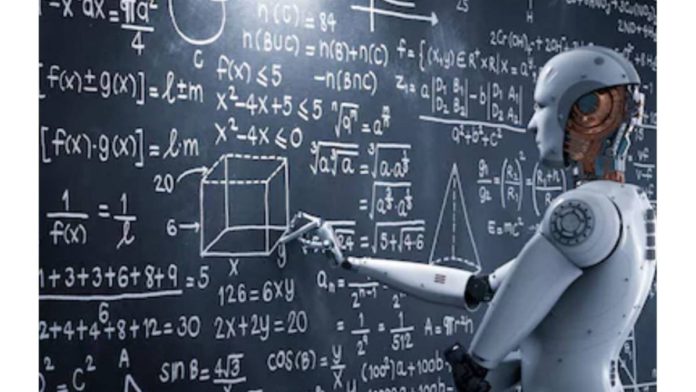
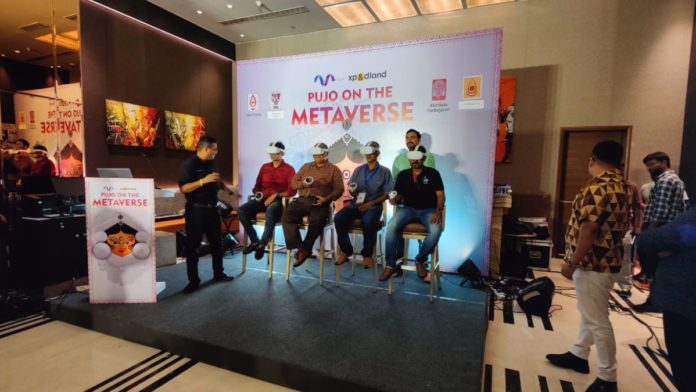
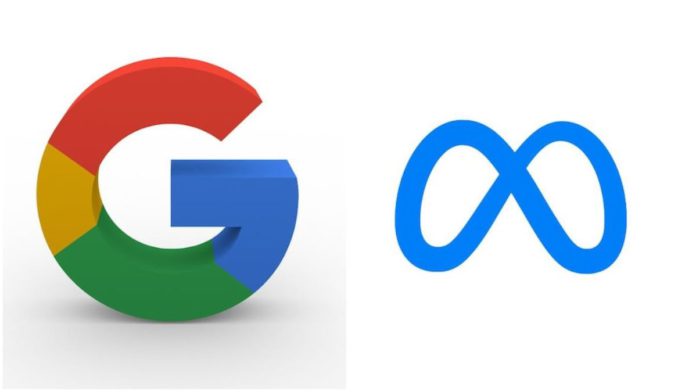
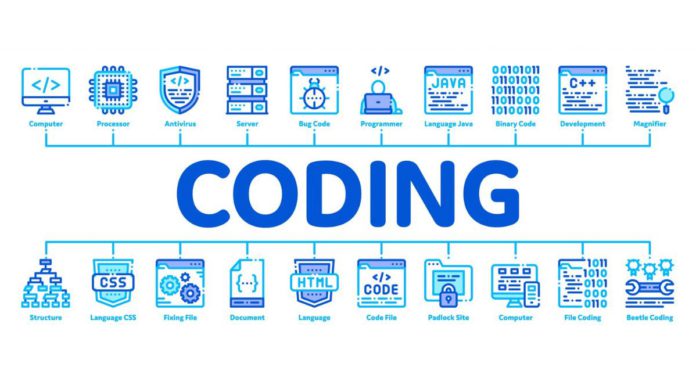
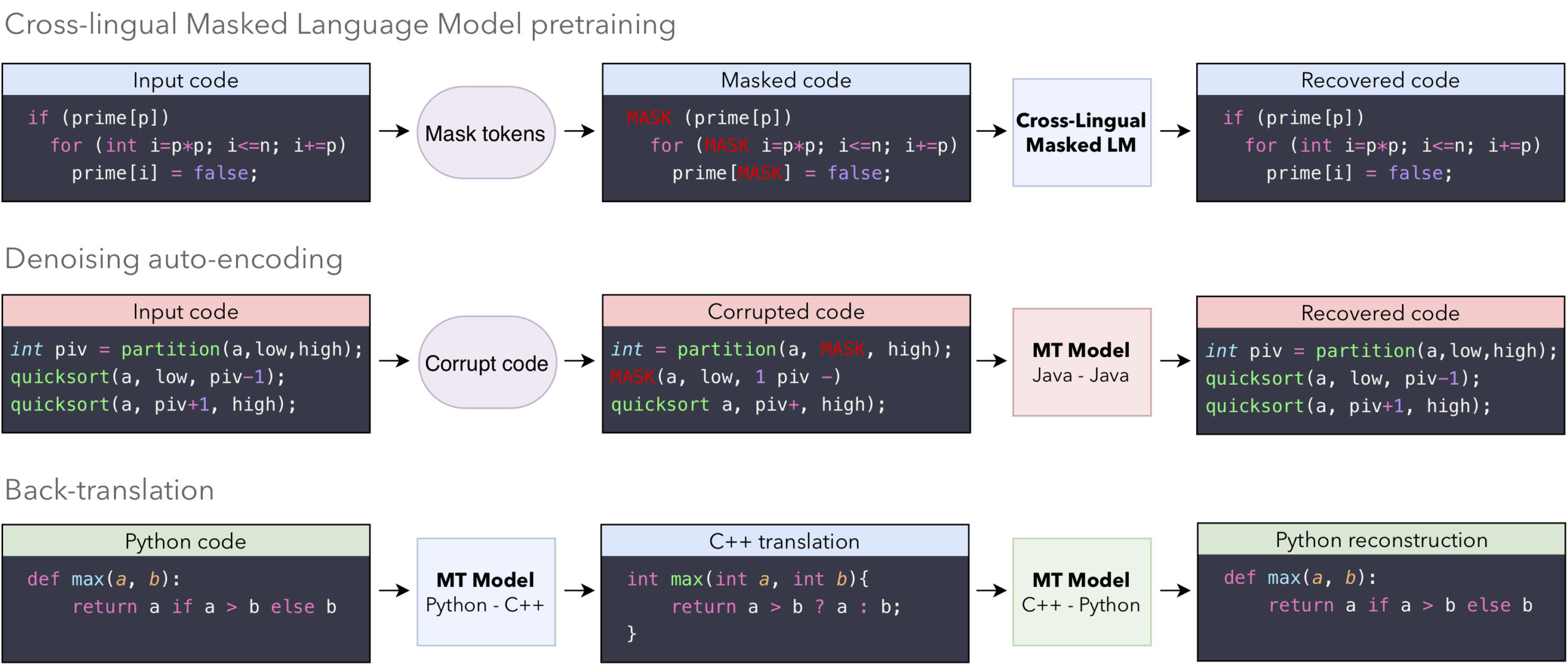 Source: arxiv.org
Source: arxiv.org
